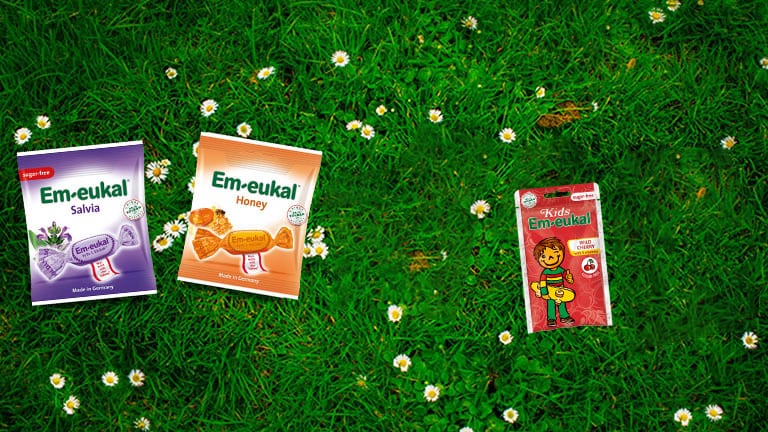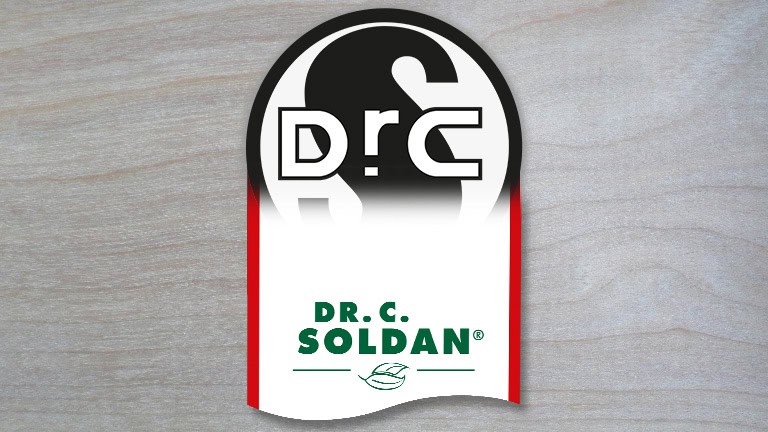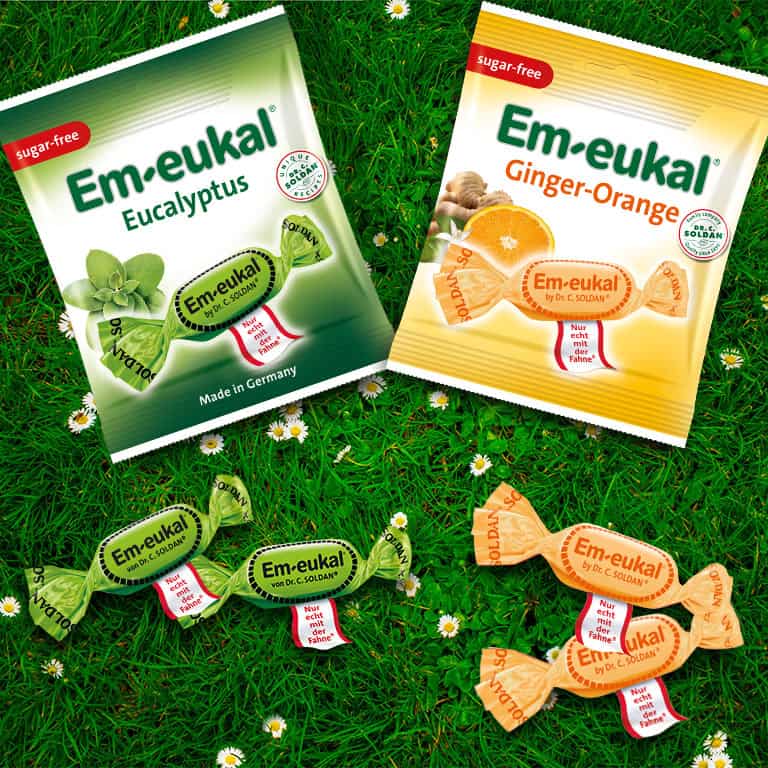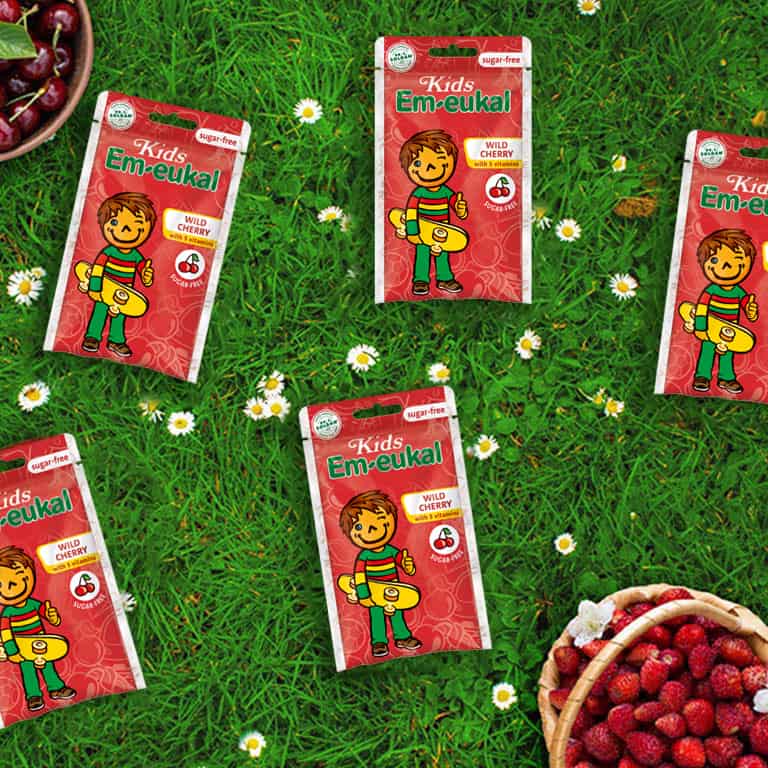Naturally natural ingredients!
Natural ingredients
People all over the world love and savour our wide variety of delicious, mouth-watering drops which have been made by our family enterprise for 120 years in the south German city of Nuremberg.
No doubt - and not least - this is because we only use natural ingredients, fruit juices, essential oils and extracts of the very highest quality.
Do you want to know more about our natural ingredients? Click on each ingredient for detailed information:
Aniseed
Aniseed
Pimpinella anisum - the anise plant is an annual plant native to the Mediterranean region and grows to a height of 30 to 50 cm. The heart-shaped roundish leaves at the base of the plant are crinkly and serrated along the edges. The leaves higher on the stems are three-bladed to feather-like pinnate.
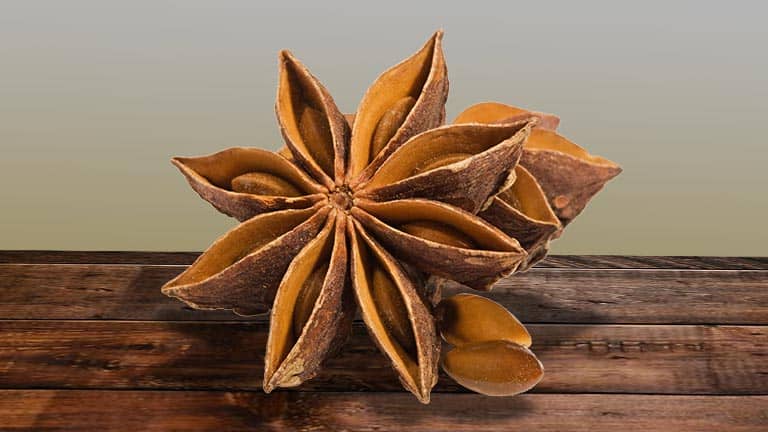
It has small white flowers which are produced in dense umbels, most of them with 12 flower heads. Its oval seeds are 3 mm long and are covered with very fine grey hair. They ripen in August / September. Aniseed has valuable essential oils.
Apple
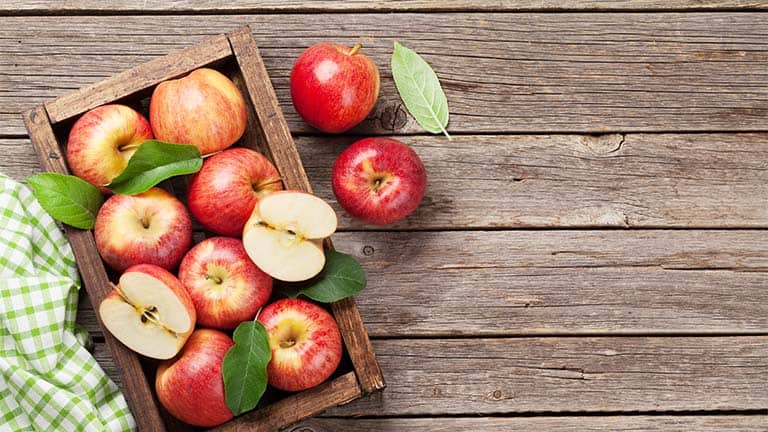
Apple
Malus domestica – bare and leafless in winter and green in summer, the apple tree can grow to 15 metres in height. Originally from Asia, it has been widespread all over Central Europe for many years. Its scented blossoms are white or pink. The apple contains, among other things, vitamin C, pectin and valuable dietary fibres.
Eucalyptus
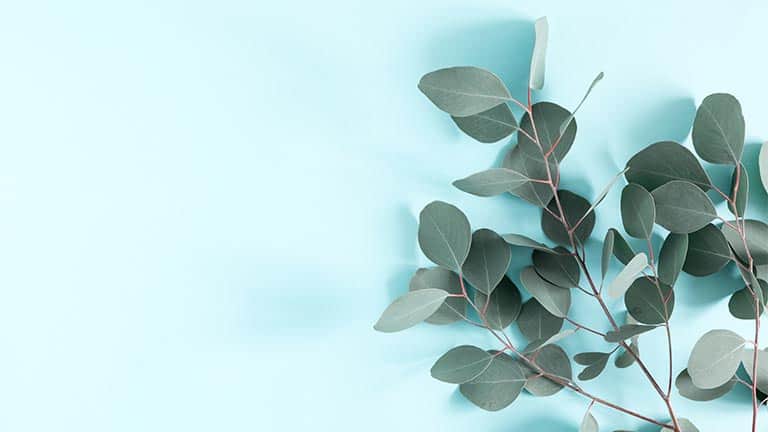
Eucalyptus
Eucalyptus globulus - a tree which grows some 25 to 35 metres tall and is found in the Mediterranean and in Australia / Tasmania. Its bark is filled with gum resin and its whitish flowers have a circular calyx and a strong aromatic smell. Eucalyptus has the soothing action of an astringent (anti-inflammatory) and an antiseptic.
Fennel
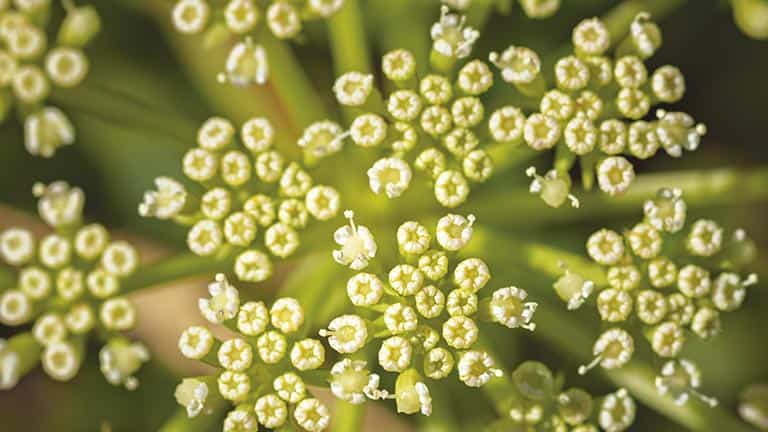
Fennel
Foeniculum vulgare - is a sterile plant which grows up to two metres tall. It has very upright stalks and its leaf sheaths are three to six cm long. It is native to the Mediterranean region. Its flowers are arranged in umbels up to 15 cm wide with four to 25 pedicels of different lengths and oblong seeds. Fennel contains essential oil.
Honey
Honey
Mel - the product of the honeybees which is of such value to us is produced for their own food supply. It is obtained from the nectar of flowers or from the sugar-rich excreta of various insects. The bees then use their stomachs to ingest and regurgitate the nectar and then the concentrated product is stored and ripened in honeycombs.
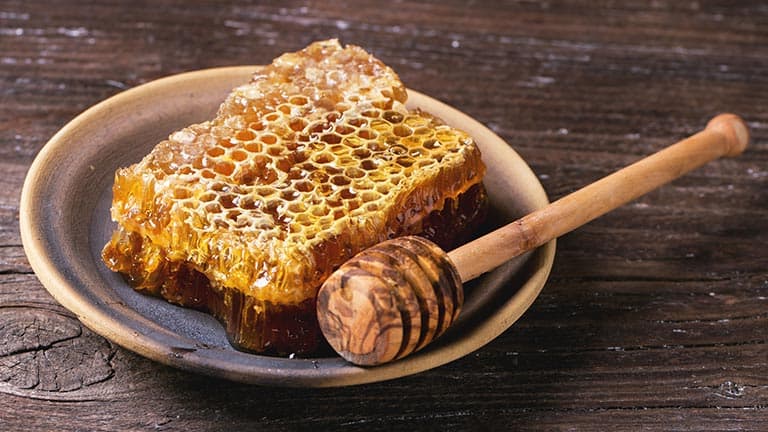
Honey contains around 200 substances. The substances are very different depending on the sort and range from fructose, glucose and other types of sugar, for example, to pollen, minerals, proteins, enzymes, amino acids, vitamins, natural colourings and flavourings. Honey has an anti-inflammatory and antiseptic effect (= antibacterial).
Ginger
Ginger
Rhizoma zingiberis - the perennial plant is between half a metre and one metre tall. It looks similar to reeds with its thick stem and long leaves.
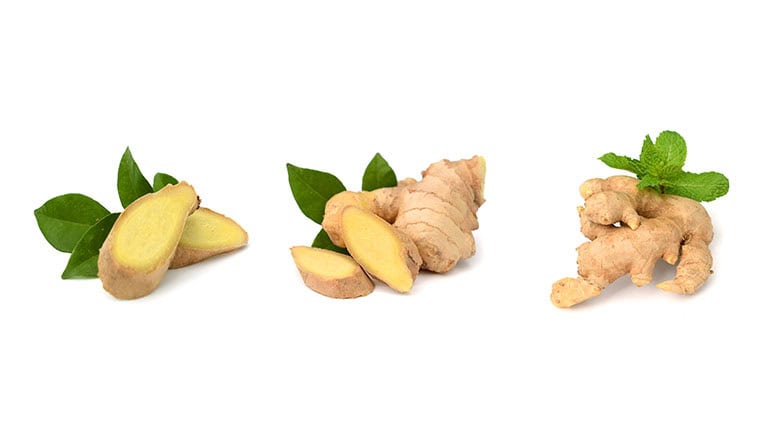
A ramified, bulbous rhizome (Greek for root) grows under the earth and serves as a food storage organ. The inside is a yellowish colour and very aromatic. Ginger is found in faraway countries like Nigeria, India and China. The ginger root contains valuable substances, such as essential oil, vitamin C, magnesium, iron, calcium and potassium. Ginger has antibacterial properties, improves blood circulation, prevents vomiting, increases bile production - and is a helpful remedy for coughs.
Cherry
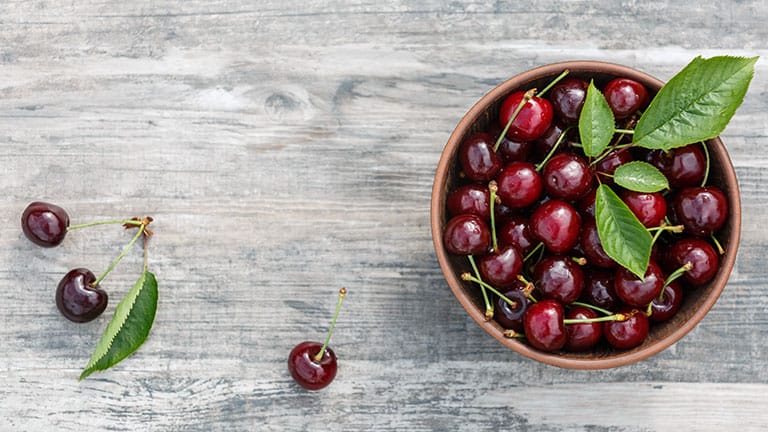
Cherry
Prunus avium - the wild cherry grows here in Europe. Its plump, round fruit is green at first and red when ripe. It has a diameter of approximately 2 cm. The flesh inside ranges from green to yellow in colour. The cherry tree has a wide-spreading shallow root system. It bursts into life in the spring with its white to pale pink blossom resembling roses. Cherries are rich in vitamin C and they are known to reduce uric acid levels and to prevent gout. They are used as a natural remedy to treat periodontitis and arthritis.
Liquorice
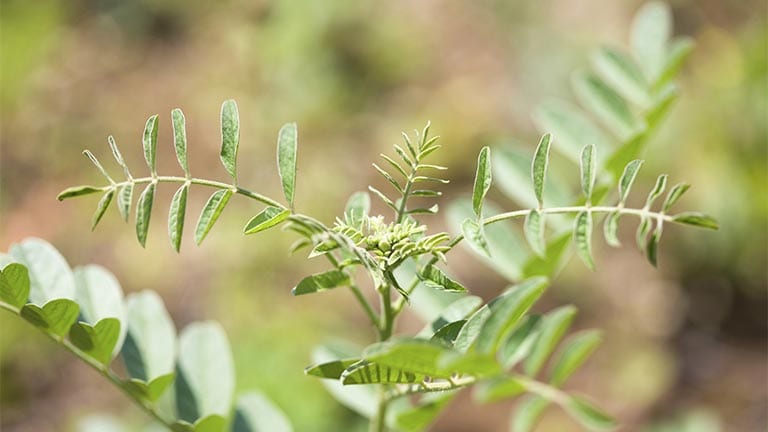
Liquorice
Glycyrrhiza glabra - this perennial herbaceous plant grows up to one metre tall and bears short spikes of attractive purple and white pea-like flowers. It is native to the Mediterranean region and Western Asia. It is enjoyed all over the world, although, as far as Germany is concerned, far more liquorice products are consumed in the north than in the south. Quite apart from its characteristic flavour, its primary boast is its healing power. Liquorice has expectorant and anti-inflammatory properties and boosts the immune system.
Peppermint
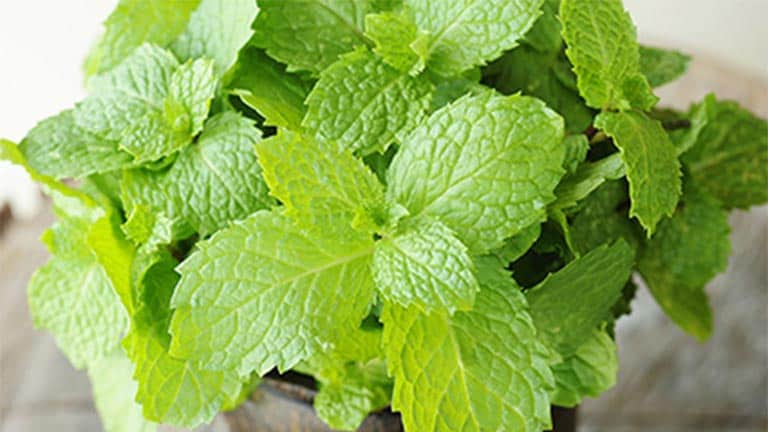
Peppermint
Mentha piperita - the distinguishing feature of this sterile plant, which grows to a height of up to 90 cm, is its propensity to grow mainly overground runners. It grows in Europe and America. Its leaves contain essential oil, above all a natural source of menthol, tannins and flavonoids.
Sage
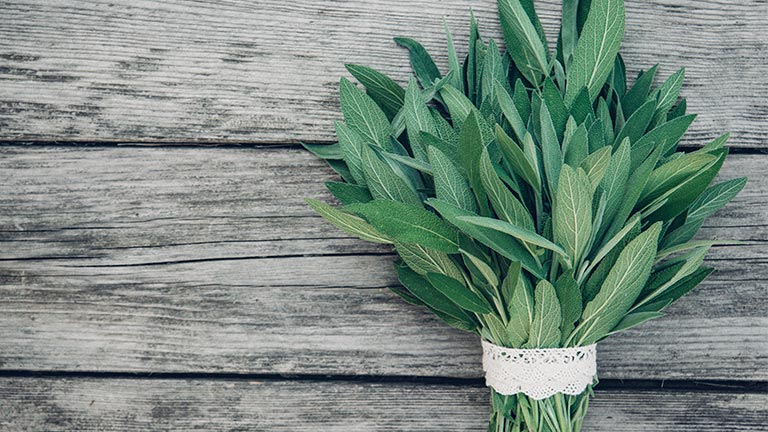
Sage
Salvia officinalis - the Latin name for sage. The Mediterranean region is its home. Sage has very dense leaf growth, and the leaves have fine cobweb-like hairs and a very aromatic fragrance. Attached by stems, the leaves have a slight notching at the edge and are finely wrinkled on the underside. The plant grows up to 70 cm tall. It sends up between four and eight flowering spikes. It is a source of essential oil, tannins and flavonoids. Sage is popularly used as an antiperspirant and as a natural balm for sore throats.
Sea buckthorn
Sea buckthorn
Hippophae rhamnoides - the deciduous shrub is between one and six metres tall. Its roots dig down to depths of up to three metres and spread out up to 12 metres in all directions. Its branches are thorny and its leaves are a pale silvery green. The male flowers are small, round and yellow while the female flowers bloom on longer stalks in a greenish shade of yellow and are slightly bigger.
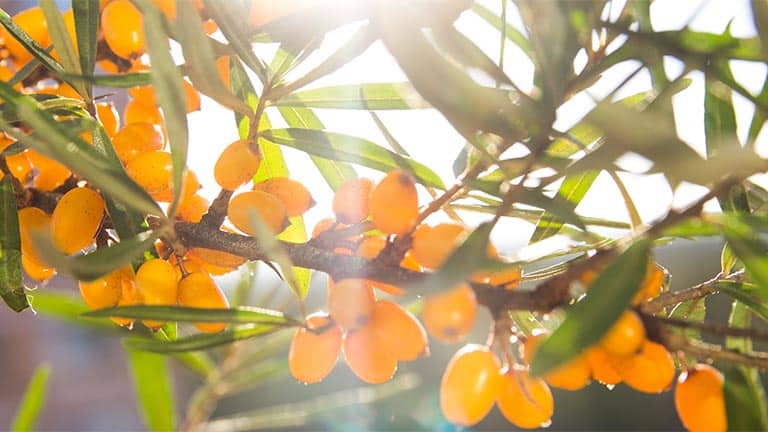
The oval, orange fruits of the sea buckthorn are up to 8 mm long. They have soft flesh with an aromatic acidic, slightly bitter taste. The fruit of the sea buckthorn is a very rich source of vitamin C (200 to 900 mg per 100g fruit). It also provides essential oils, vitamin A, vitamin B, flavonoids and tannins.
Blackcurrant
Blackcurrant
Ribes nigrum - the deciduous shrub grows almost everywhere. From England and France in the West all the way to Manchuria in the East.
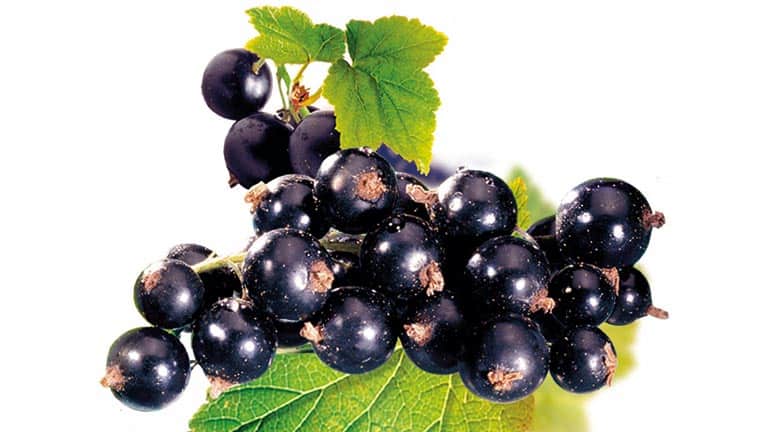
The plant has no thorns, grows one to two metres high and its leaves are some 10 cm wide. In contrast to the redcurrant bush, it has an intensive fragrance reminiscent of musk. Not only does it boast a delicious flavour, but the blackcurrant is also a rich source of vitamin B and vitamin C as well as valuable flavonoids, essential oils and tannins.
Lemon
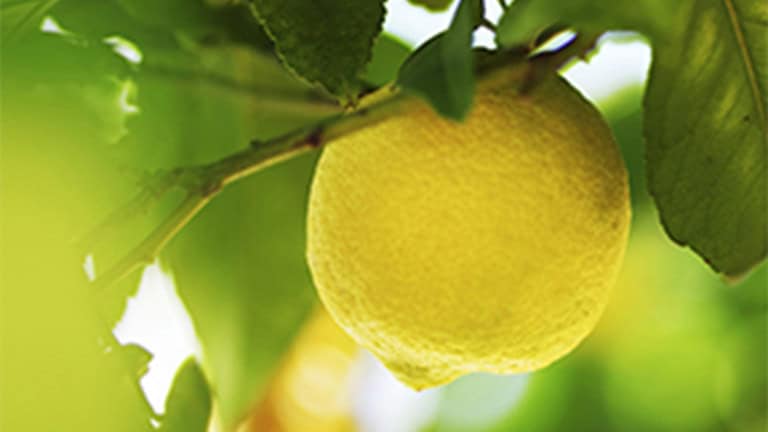
Lemon
Citrus limon - lemons need a consistently damp and warm climate, as found in places like Mexico, India, Italy, Turkey or Greece. The evergreen tree is not especially tall and has long, oval, pointed leaves. It remains in flower and bears fruit all year round. The flowers are white on the top and a pinky-purple colour underneath. The lemon contains citric acid, lots of vitamin C, essential oils and pectin - and helps to strengthen the immune system.
If it's delicious, it's a winner!
Our colourful and diverse brand world is just waiting to be explored by you!




